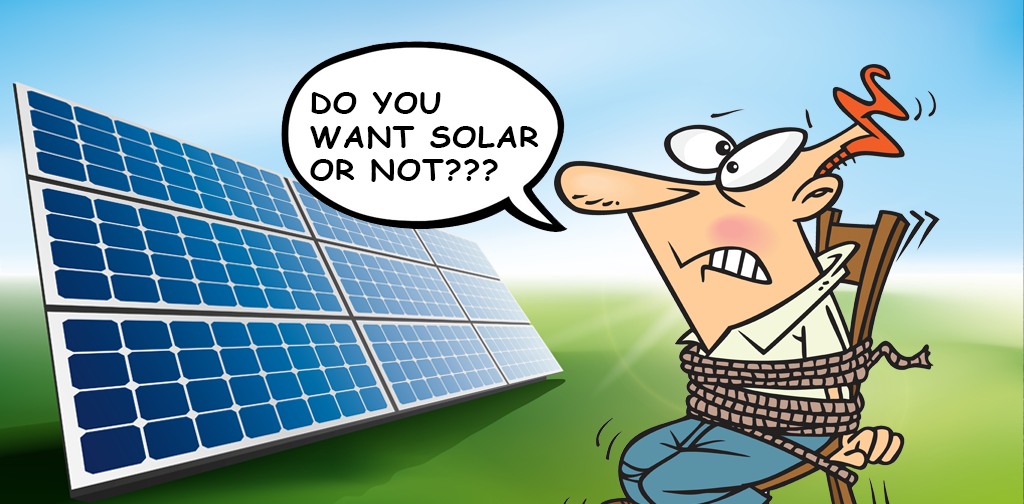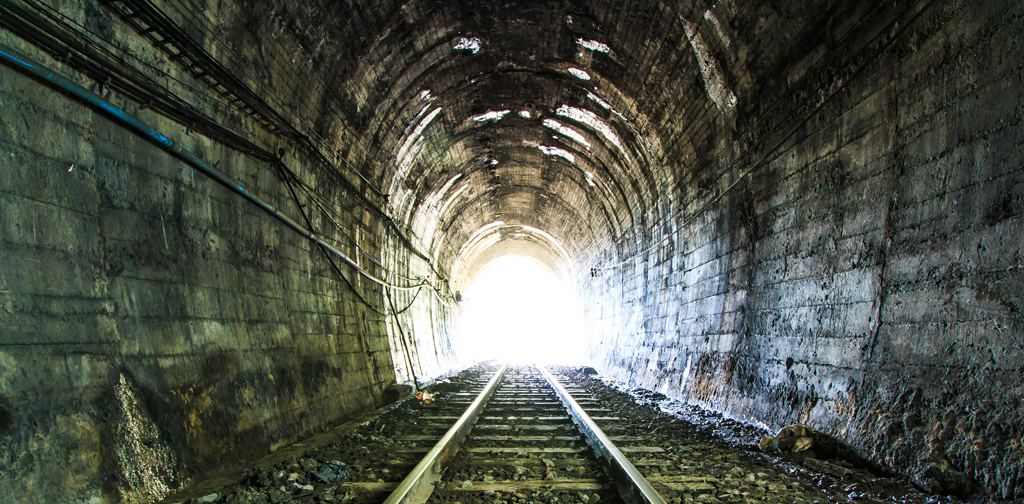
On August 16, 2021, a group of US solar manufacturers, represented by D.C. law firm Wiley, filed petitions with the U.S. Department of Commerce (DOC), alleging that Chinese competitors had shifted production to Southeast Asia to circumvent import tariffs (assembling solar cells and panels at factories in Malaysia, Thailand and Vietnam).
The group, called American Solar Manufacturers Against Chinese Circumvention (A-SMACC), has chosen to remain anonymous. On August 24th, NextEra Energy asked the DOC to force the group to identify its members or reject the request. The group has insisted on anonymity saying that “identifying its members could lead to retribution against them.”
On August 26th, the Solar Energy Industry Associuation (SEIA) wrote a petition to the Secretary of Commerce, strongly contesting the allegations and calling A-SMACC’s efforts, “a procedural gimmick” that “circumvents and evades the channels pursuant to which the DOC normally investigates supposedly unfairly priced and unfairly subsidized imports.” SEIA also expressed disapproval in A-SMACC’s request to shield the identity of its members. SEIA urged the DOC to order the public disclosure of A-SMACC’s members, stating that they had “no legal basis to hide behind an ad hoc coalition created solely for the purpose of expanding trade restrictions on solar products.”
The DOC was expected to make a decision this week. On Wednesday, the DOC sent the group’s attorney an October 6th deadline for A-SMACC to respond to a series of questions. The DOC said it would issue a decision within 45 days of receiving a response.
The past two months have been a roller coaster of trade-based issues. In addition to the circumvention filing by A-SMACC, the following events sent shockwaves through the solar industry:
Section 201 Tariff Extension Petitions
In early August, Suniva and Auxin Solar, filed a petition asking the International Trade Commission (ITC) to investigate extending the Section 201 tariffs for another four years. Three days later a second petition was filed by Hanwha Q Cells, LG Electronics, and Mission Solar, which also included a request that the Tariff Rate Quota (TRQ) be increased to 5 GW (from the current 2.5 GW). The current Section 201 tariff is 18% and is slated to drop to 0% in February 2022. The ITC is currently collecting data to investigate the petition, and a hearing will be held this fall with a report and recommendation delivered to the president in December 2021.
Detainment of Modules by U.S. CBP
At the end of June, the U.S. Customs and Border Protection (CBP) announced that imports containing silica from a Chinese company called Hoshine would be banned due to concerns of forced labor. In August, news spread that the CBP was detaining modules suspected of containing material from Hoshine. The news sent buyers scrambling for replacement modules.
Forced Labor Prevention Act
In July, the U.S. Senate passed legislation to ban the import of products from China’s Xinjiang region. In a separate move, the Biden administration issued an advisory warning to businesses that they could be in violation of U.S. law if their operations are linked, even indirectly, to suspected surveillance networks in Xinjiang. It is expected that the Forced Labor Prevention Act will be signed into law this fall. The bill creates a “rebuttable presumption” that assumes goods manufactured in Xinjiang are made with forced labor, meaning they could be banned under the 1930 Tariff Act, and it shifts the burden of proof to the importers.
Fractal Energy Storage Consultants provides technical design, financial analysis, procurement, due diligence and OE services for energy storage and hybrid projects. Fractal EMS provides turn-key energy storage controls and integration. Contact us today for more information https://www.energystorageconsultants.com.
read more





